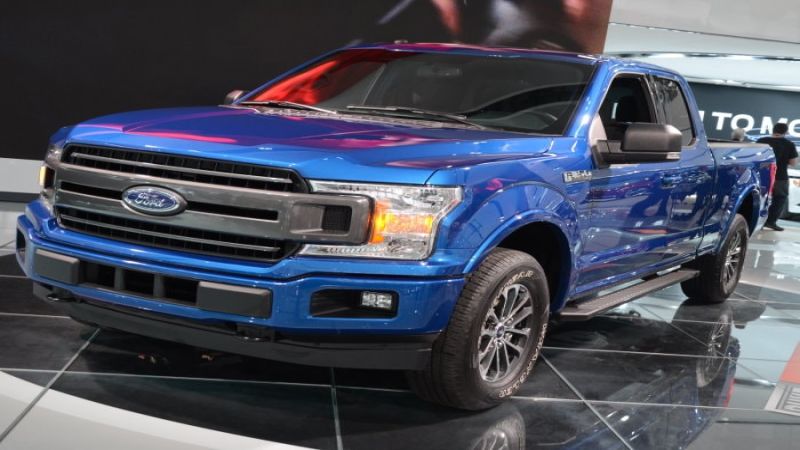Over the course of the past two weeks, we have been discussing the supplier issue that led to production of the F-150, F-250, F-350, F-450 and F-550 coming to a stop at the Kansas City, Dearborn, Kentucky and Ohio assembly plants. After Meridian Magnesium Products’ building in Eaton Rapids, Michigan burned on May 2nd, Ford has faced a shortage of magnesium chassis components that has prevented them from building all of their most popular pickups.
Ford worked with Meridian and “a global team of experts, that included partners and suppliers” to move the machinery needed to other facilities, where the stamping process of the magnesium chassis components could resume. Early reports indicated that Ford would turn to the Meridian facility in Canada, but the automaker had to ship the massive stamping tools to the United Kingdom, where production of the Ford truck parts has gotten underway.
As a result, Ford will soon have enough magnesium chassis components to begin building trucks, so the Motor Company has announced that F-150 production will begin tomorrow (May 18th) at the Dearborn Truck Plant and Super Duty production will start back up on Monday (May 21st) in Kentucky and Ohio. Also, F-150 production at the Kansas City plant will resume on Monday.
“While the situation remains extremely dynamic, our teams are focused on returning our plants to full production as fast as possible,” said Joe Hinrichs, Ford president, Global Operations. “The ramp-up time to full production is improving every day.”
A Major Undertaking
Getting back to producing those magnesium chassis components for the F-150, the Super Duty and a handful of other vehicles was an incredible task that included shipping massive stamping equipment to the United Kingdom.
First, the building in Eaton Rapids had to be made safe to work in and around, so teams had to remove all of the damaged building material, including the roof panels that were collapsing over the stamping machinery. Once the building was deemed to be safe, Ford and Meridian were able to move those huge stamping devices to an area where everything could be inspected.
Once Ford confirmed that the components of the stamping machines were in proper condition, they began the process of moving these large items to a new location. That location is the Meridian facility in the UK, and in a normal situation, moving these huge machines would take at least 10 days with all of the paperwork, but the Motor Company made it happen in about 30 hours. That includes the flight from Rickenbacker International Airport in Ohio to the United Kingdom for an 87,000-pound machine that required a Russian Antonov AN-124 aircraft. This plane is one of the largest in the world, usually used to transport things like trains and construction machinery, so it was able to quickly carry the large magnesium press overseas.
Once those machines were installed in the Nottingham facility, production of the Ford chassis components began and each day, parts are being shipped back to the Eaton Rapids plant for finishing.











